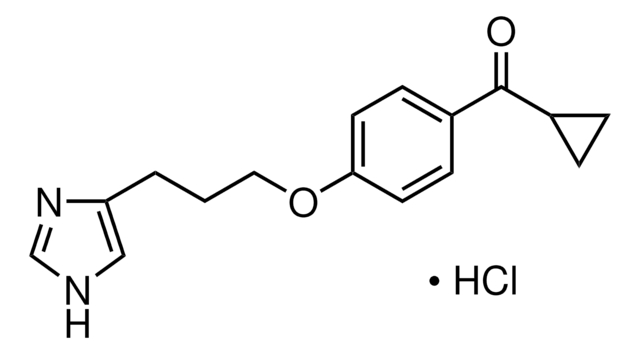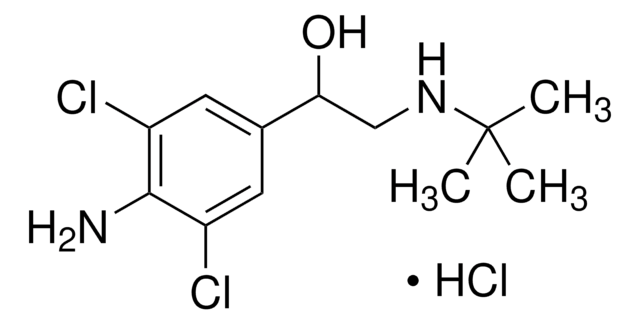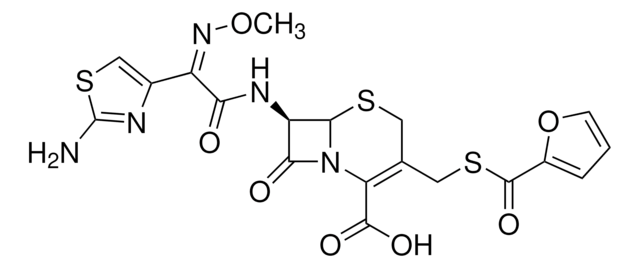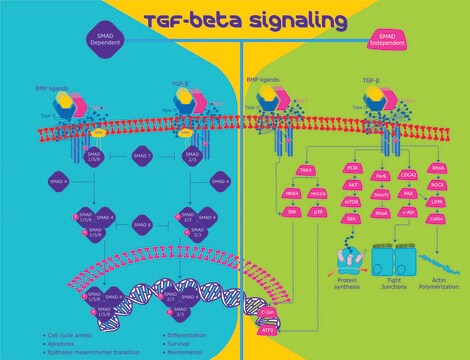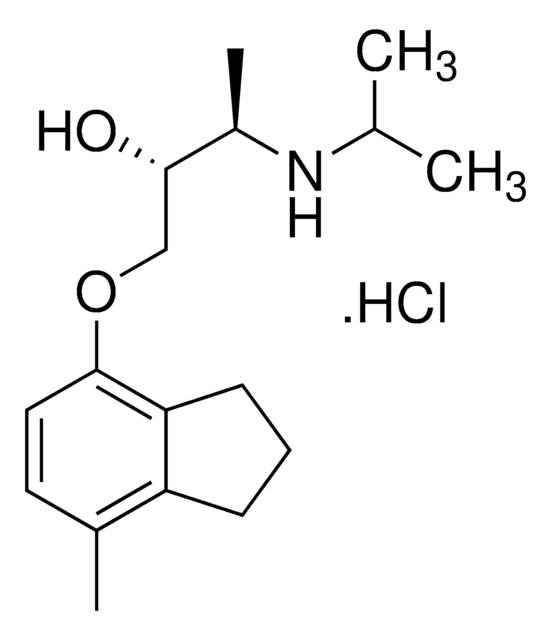Key Documents
C6848
Ciproxifan maleate
≥98% (HPLC), powder
Synonim(y):
Cyclopropyl (4-[3-(1H-imidazol-4-yl)propyloxy]phenyl) ketone maleate salt, FUB 359 maleate salt
About This Item
Polecane produkty
Próba
≥98% (HPLC)
Postać
powder
kolor
white to beige
rozpuszczalność
DMSO: 32 mg/mL
H2O: insoluble
ciąg SMILES
OC(=O)\C=C/C(O)=O.O=C(C1CC1)c2ccc(OCCCc3c[nH]cn3)cc2
InChI
1S/C16H18N2O2.C4H4O4/c19-16(12-3-4-12)13-5-7-15(8-6-13)20-9-1-2-14-10-17-11-18-14;5-3(6)1-2-4(7)8/h5-8,10-12H,1-4,9H2,(H,17,18);1-2H,(H,5,6)(H,7,8)/b;2-1-
Klucz InChI
RLQFKEYRALXXEJ-BTJKTKAUSA-N
Zastosowanie
Działania biochem./fizjol.
Cechy i korzyści
Hasło ostrzegawcze
Warning
Zwroty wskazujące rodzaj zagrożenia
Zwroty wskazujące środki ostrożności
Klasyfikacja zagrożeń
Acute Tox. 4 Oral - Eye Irrit. 2 - Skin Irrit. 2 - Skin Sens. 1 - STOT SE 3
Organy docelowe
Respiratory system
Kod klasy składowania
11 - Combustible Solids
Klasa zagrożenia wodnego (WGK)
WGK 3
Temperatura zapłonu (°F)
Not applicable
Temperatura zapłonu (°C)
Not applicable
Środki ochrony indywidualnej
dust mask type N95 (US), Eyeshields, Faceshields, Gloves
Certyfikaty analizy (CoA)
Poszukaj Certyfikaty analizy (CoA), wpisując numer partii/serii produktów. Numery serii i partii można znaleźć na etykiecie produktu po słowach „seria” lub „partia”.
Masz już ten produkt?
Dokumenty związane z niedawno zakupionymi produktami zostały zamieszczone w Bibliotece dokumentów.
Nasz zespół naukowców ma doświadczenie we wszystkich obszarach badań, w tym w naukach przyrodniczych, materiałoznawstwie, syntezie chemicznej, chromatografii, analityce i wielu innych dziedzinach.
Skontaktuj się z zespołem ds. pomocy technicznej